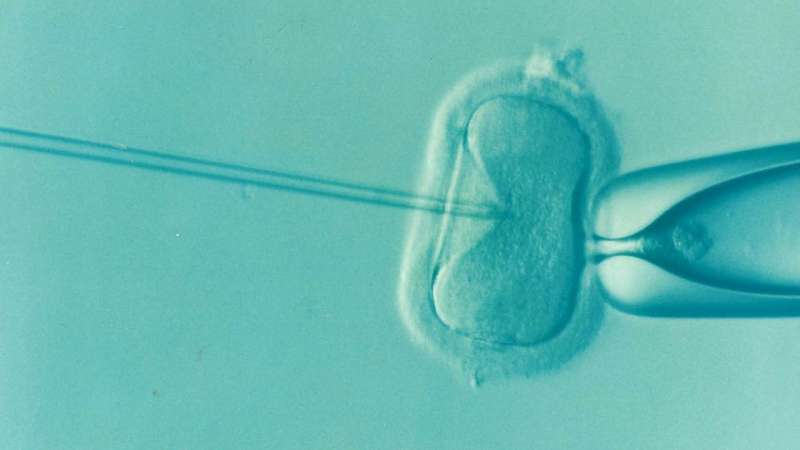'Considerable' risk of skull deformity in infants conceived by in vitro fertilization

Infants conceived by in vitro fertilization (IVF) may be at increased risk of a type of skull deformity called craniosynostosis, suggests a study in the Journal of Craniofacial Surgery, under the guidance of Editor-in-Chief Mutaz Habal, MD.
While confirmation is needed, the study adds to previous evidence linking IVF to an increased prevalence of craniosynostosis, according to the report by an Iranian research group. The lead author was Abdoljalil Kalantar Hormozi, MD, of Shaheed Beheshti University of Medical Sciences, Tehran.
Four percent rate of IVF among infants undergoing craniosynostosis surgery
Craniosynostosis is a congenital deformity occurring when the joints (sutures) between the bones of the skull close prematurely. Although craniosynostosis can occur as of part of genetic disorders consisting of multiple defects, most affected infants have nonsyndromic craniosynostosis, with no other deformities. Without corrective surgery, craniosynostosis can lead to injury or inadequate development of the growing brain.
In most cases, the cause of craniosynostosis is unknown. Some recent studies have suggested that assisted reproductive techniques—with IVF being most common—may be a risk factor for craniosynostosis. However, other studies have found no such association.
To further explore this link, Dr. Hormozi and colleagues evaluated 200 infants who underwent corrective surgery for craniosynostosis at one Tehran reconstructive plastic surgery department between 2010 and 2019. All infants had nonsyndromic craniosynostosis. In interviews, parents were asked about the use of assisted reproductive technologies, including IVF.
Eight of the 200 infants were conceived by IVF, for a four percent prevalence of craniosynostosis. By comparison, previous studies have estimated that craniosynostosis occurs at a rate of one case per 1,800 to 2,200 births. The mothers of infants with craniosynostosis were older than mothers of unaffected infants: average age 39 versus 27 years.
In all affected infants, mothers received clomiphene citrate, a medication routinely used to induce ovulation for IVF. Specific types of craniosynostosis were similar for infants conceived by IVF compared to the overall group.
The authors acknowledge some key limitations of their study—particularly the absence of a comparison group of infants without craniosynostosis. "Without a control group, we are not able report the statistical results confirming or denying a link between craniosynostosis and infertility treatment," Dr. Hormozi and coauthors write.
"However, the four percent prevalence of IVF use among craniosynostosis patients is considerable," the researchers add. They emphasize the need for further studies including larger numbers of infants and appropriate comparison groups to clarify the true association, if any, between IVF and other infertility treatments and the risk of craniosynostosis in infants.
More information: Abdoljalil Kalantar-Hormozi et al, The Effect of Using In Vitro Fertilization (IVF) on Increasing the Prevalence of Craniosynostosis, Journal of Craniofacial Surgery (2021). DOI: 10.1097/SCS.0000000000008188




















